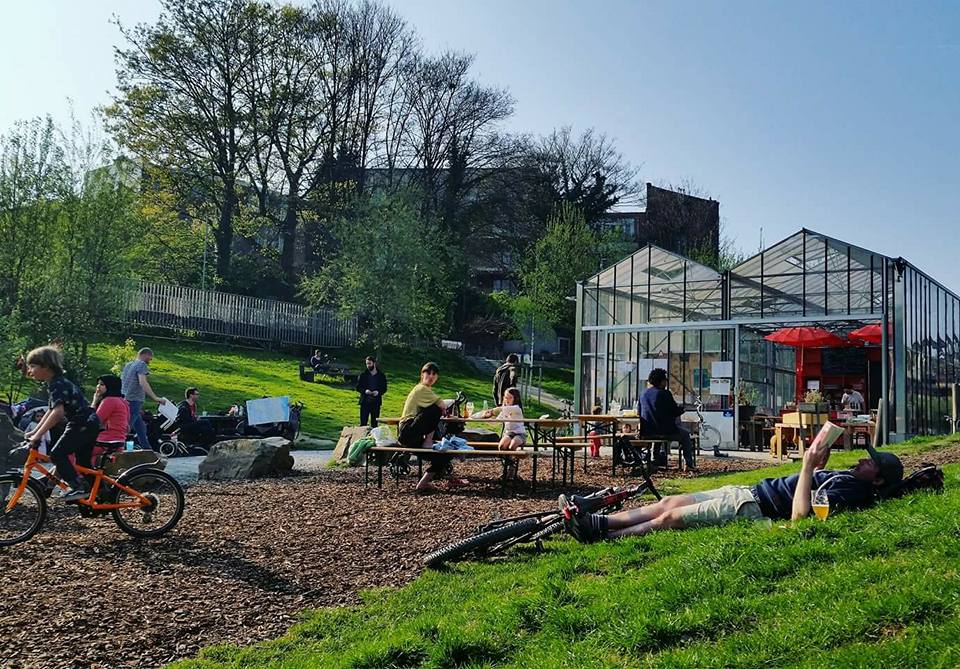Brussels region lost 14.4% of its green spaces between 2003 and 2016, the equivalent of 1,600 football pitches, according to published research by the University of Amsterdam, Bruzz reports.
The research was carried out by three urban planning researchers from the university’s Centre for Urban Studies, using satellite photos. The total comes to just under 11 square kilometres from a total area of 161.38 square kilometres.
“Satellites also make images in the infrared spectrum,” explained Mendel Giezen, lecturer in urban planning. “By observing the light patterns on photos you can quite easily distinguish organic materials from stone and harder materials. That gives quite a different picture from official statistics. This way you can also make out the grass in gardens, and even tell artificial grass from real grass.”
The purpose of the research was to compare Amsterdam with a city of a similar size and population, but a different urban planning policy.
The research had a restricted budget so the photos the team was able to study omit two small areas: the Neerpede and Vogelzang areas in Anderlecht, the latter named after a tributary of the Senne river; and a small area in the south of the municipality of Uccle.
Both missing areas are relatively green, so any change that has taken place there might mean the percentage is even higher.
The satellite pictures do, however, reveal even small changes in green areas, as well as major changes including the construction of the new Nato site in Haren, construction on the Tour & Taxis site and at the Free University ULB campus, as well as the Greenwood project in Woluwe-Saint-Lambert.
In comparison with Amsterdam, the researchers found, public policy has less of a grasp in Brussels over green policy.
“Our interviews showed that the coordination of urban development between Brussels municipalities is difficult,” Giezen said. “They decide a lot themselves, and talk little to each other about the regional spread of homes or green areas."
The full extent of the changes over the 13 years covered by the research can be seen in a photograph of the region published by Bruzz here.
Alan Hope
The Brussels Times

